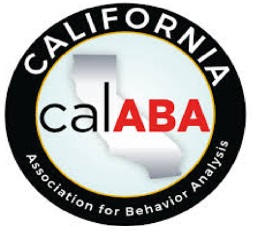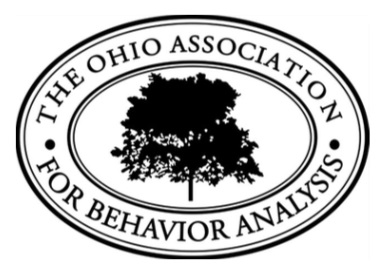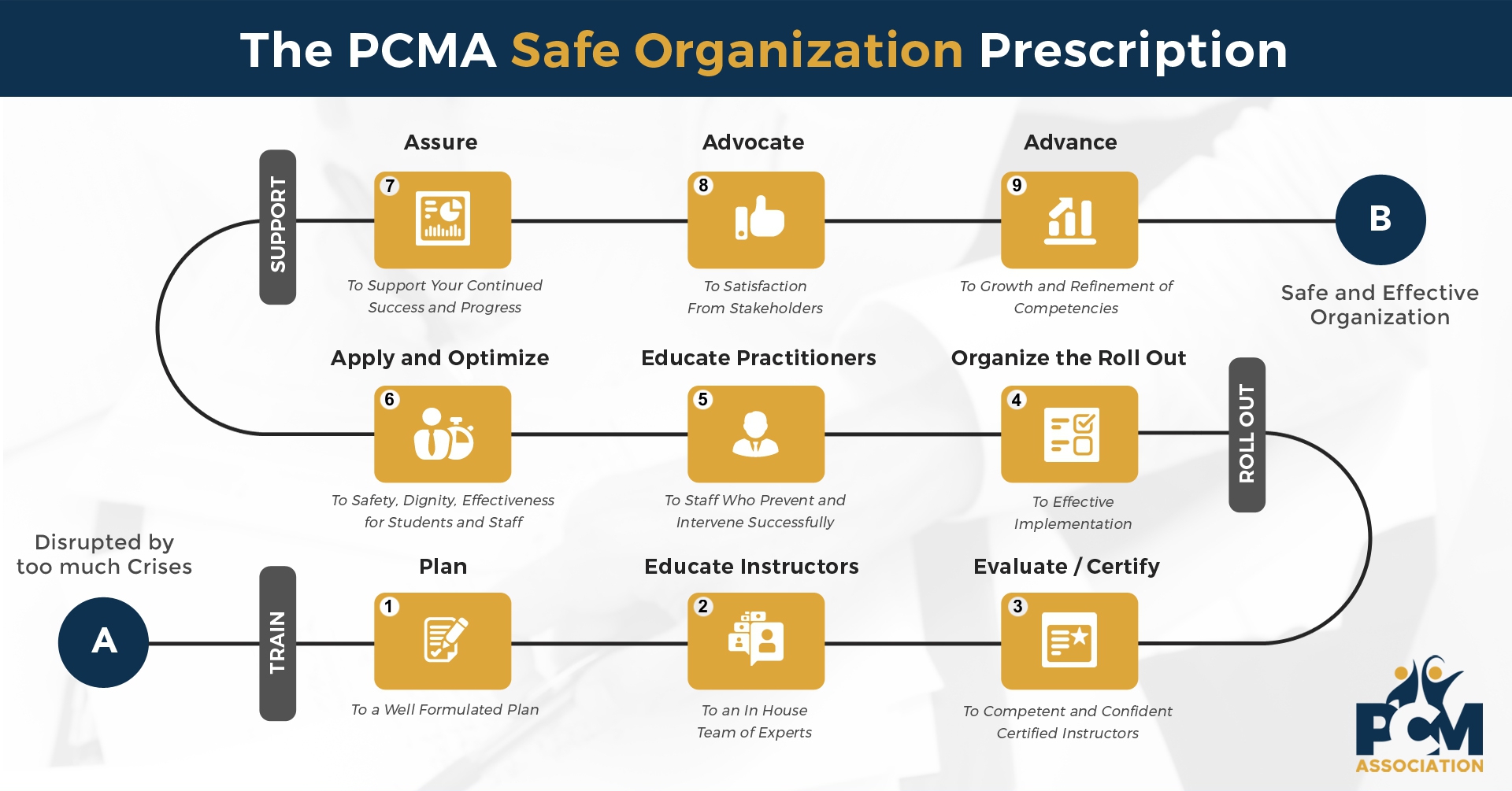Reduce Staff Turnover
Here are some actual remarks that potential PCMA members told us before they joined us:
“The constant feeling of having to walk on eggshells, or, the constant pressure to be a cop that must physically enforce the law. Even worse, some of us are afraid, as some people can be extremely violent. We all feel drained.”
....
“I did not sign up for this, I am a teacher, not a cop”
...
And many similar remarks like these. What they had in common was that stress levels had risen so high that too many of their colleagues started to leave for that reason.
One of the negative results of a failing crisis intervention system is high staff turnover. Most organizations severely underestimate the true costs of high staff turnover

The Human cost
The costs of the high turnover can be looked at from both a monetary perspective, and a Human perspective. What price do you put on the anxiety, the sleepless nights, and the errors made because of all the stress the employee that finally decides ‘enough is enough’ was under? And how about the added stress levels for those who stay? The strain caused by injured students / residents? The implications of students / residents fighting with others in the same group? What costs do you assign to the psychological aspect of a staff member that was beaten up and now fears to enter the same room as the aggressor?
The monetary side of employee turnover.
Employee turnover cost from a monetary perspective is usually defined as the cost to hire a replacement employee and train that replacement. Often the training costs only count those to get the new employee productive, but they should include all the costs of getting the new employee to the same level of productivity as the employee who left. These costs include both direct costs like the fee paid to a recruiter to find candidates for you, as well as indirect costs like the business you lost because you didn't have the capacity to handle it all while you were short-staffed. Generally, the higher your turnover rate, the higher both your direct and indirect costs will be. And as the turnover rate increases, the costs will increase faster.
High turnover is clearly a disruption to an organization.
What does science say the real monetary number is? A paper from the Center for American Progress, citing 11 research papers published over a 15-year period, determined that the average economic cost to a company of turning over a highly skilled job is 213% of the cost of one year’s compensation for that role.
Let's simplify that a bit. Take an employee that costs about $45,000 a year in compensation. Turnover costs of that employee is than over $100,000
The solution, address the root-cause of the turnover and replace the failing crisis management system by introducing PCM.
Close to 90% of the new Professional Crisis Management users that joined our Association, had another Crisis Management System in place! It just did not function the way it was promised. Quite often, the intervention techniques taught seemed to suppress a crisis now, but immediately set up the next crisis.
The reason is very simple, those systems are not rooted in deep Behavioral Science, even although they claim they are. Despite that claim, the physical procedures violate the Behavioral Science principles.
PCM users report that the crises are almost gone and those that remain (due to yearly influx of new clients / students) are of low frequency and much lower intensity.
And with that, the stress levels go down as does the rate of employee turnover.
Testimonial

I have had the distinct honor of working with PCM in various capacities for over ten years, including home, school, and residential programs. The exceptional amount of time and emphasis that PCM focuses on training their practitioners to deescalate situations, identify triggers and provide multiple options to keep individuals safe is paramount to supporting both the individuals and practitioners safety and minimizing risk to everyone’s health and well-being. . The program is uniquely crafted with the philosophy of providing dignity, respect, and freedom from pain for all those individuals, essential for learning the coping skills to manage their own behavior. With this training, the staff feel more prepared to handle situations, are more comfortable working with behavior challenges and remain on the job longer thereby reducing the turn over and injury rate. Staff have said to me that they feel ready for the challenges of behavior management and want to come to work because they can be successful and the clients are safe with a minimum amount of physical interventions and a greater level of teaching the clients.
Harold Johanessen, BCBA / staff trainer




A sample of the Bahavioral Analyst Associations we participate with


